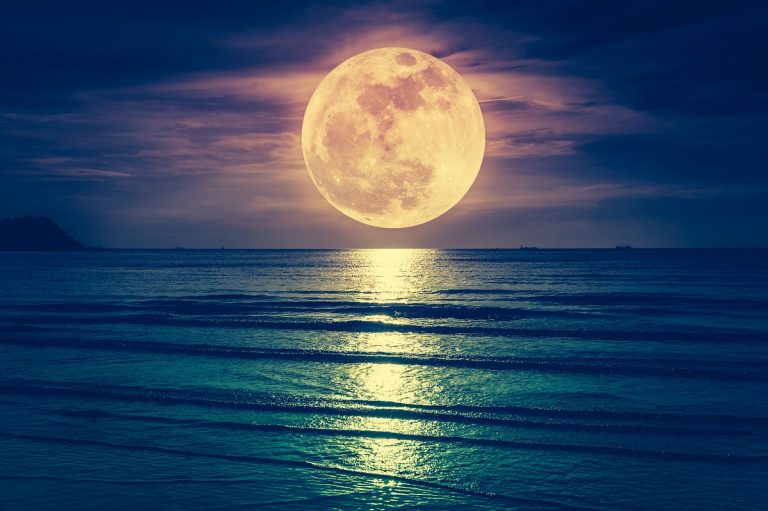In the Inca creation tradition, Vicarrocha—the leader of the Inca gods—ordered the sun, moon, and stars to take their designated positions in the sky. The sun, jealous that the moon was brighter, threw some ashes at its rival as it rose, concealing it permanently.
With the exception of a total solar eclipse – which occurs when the Moon passes between the Earth and the Sun – one could argue that the Moon has played a secondary role to the Sun ever since.
Consider the ancient Egyptians and their sun god Ra, the father of creation. Or think of Apollo, the classical Greek god of sun and light, who rode through the sky in a golden chariot powered by four fiery horses. Or think of the warm feelings generated by words like sunburst, sunrise, sunshine, and sunday.
To be fair, the moon wasn't completely turned sideways. She makes a divine appearance in Greek mythology as the goddess Selene, who also rides a chariot in the sky. But since she is a moon goddess, and therefore a second-class goddess, Selene's chariot is silver, not gold, and is drawn by only two horses instead of four.
In light of all this, here are three reasons to rescue the moon from the shadow of the sun, free it from common misconceptions, and give it the respect it deserves.
The moon is us
It has long been known that the Moon did not fall into Earth's orbit after an interstellar flight. In fact, the Moon literally exploded into existence when a Mars-sized body collided with Earth in the very early evolution of our planet. The collision sent material into space that would eventually combine to form Earth's only natural satellite.
As a result, scientists assumed that the Moon itself would be composed of the same material as the crushed UFO. But when moon rocks brought back from various space missions were analyzed, there was a surprise. The Moon and Earth share a very similar composition: iron, oxygen, hydrogen, nickel, magnesium, aluminum, silicon, calcium, and more.
New computer simulation data from Japan may have solved the puzzle. search…

